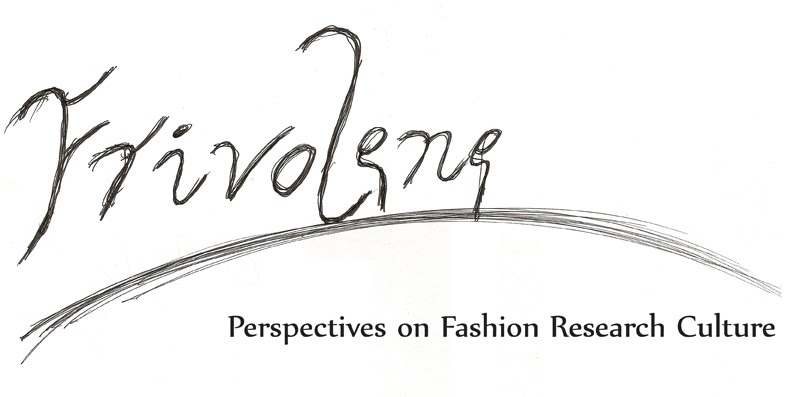
Norman Parkinson for Queen Magazine, 1960
Recognition comes when you can name any city and a flood of connections are made that unfold in layers... Together they make a story. These are a mix of realities and perceptions. The city in its totality is a bundle of associations and has connotations from the physical to the intangible, to stories, images, products or even ideas.
Landry, Charles, 2008, The Creative City: A Toolkit for Urban Innovators, London and Sterling, VA: Earthscan.
This month's quote comes courtesy of Charles Landry, one of the most significant thinkers and practitioners in the field of city planning, in particular in relation to realizing the creative potential of cities for civic and economic good. I made use of this quote in a recent written piece to accompany my recent exhibit in the Work-in-Progress exhibition, which set about portraying the importance of evoking the Fashion City through imagery, including advertising and fashion editorials. What is intriguing about Landry's thoughts here is the idea of the ''layering'' of a given city's reputation built-up over time. Many city's have attempted, and often failed, to develop their reputations as centres of culture, yet this kind of status cannot be created out of nothing, and neither can it be created over night. Both the city's inhabitants and it's outside audience, such as tourists or potential investors, have to believe that such a ''story'', as Landry puts it, exists as much in reality as it does in the glossy images the city wishes to project. In short, the city's ''story'' cannot be ''faked'', it has to be ''authentic'', in real terms, as much as in perception. This is as important for a city that wishes to establish itself as a ''Fashion City'' as any other which might focus on art, architecture, music of film as its marker of cultural status. Concerning the Fashion City, much of the layering of the story is made in the creation of fashion imagery for fashion editorials in glossy magazines and advertising by the leading fashion brands. In the case of London this comes through photographing fashion in the streets, posing models against iconic landmarks, or making use of the ''icons'' of the city, of which London has many, from bright red buses and telephone boxes, through to the black Hackney cabs and bearskin hats of the Queen's Guard. Located in the physical locality of the city, these are much a part of London's fashion ''legend'' as they are an evocative and glamorous stimulus in developing imaginations.

